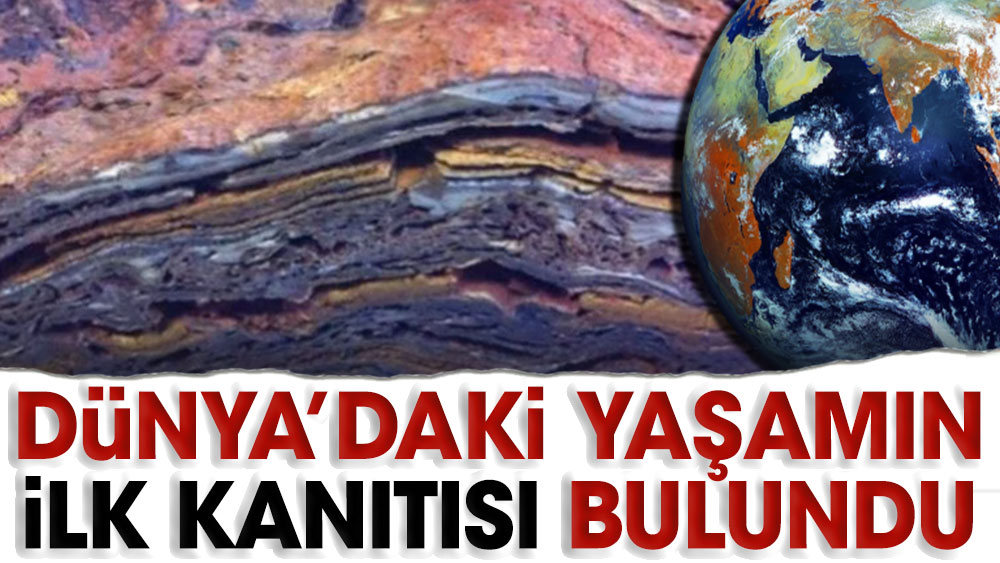Stratified rocks in Western Australia are the oldest known evidence of life on Earth, according to a new study by scientists.
The researchers said they believe these examined rocks were formed from the feces of microscopic creatures that perform photosynthesis.
According to the news on Independent Turkish scientists believe that this type of layered rock “stromatolitStromatolites date back 3.43 billion years, but there are also older examples, because the rocks in the Dresser Formation of Western Australia examined in this study are 3.48 billion years old.
On the other hand, billions of years have erased traces of organic matter in these ancient rocks. For this reason it has become a matter of debate whether it was actually created by living organisms or whether it emerged as a result of other geological processes.
RESULTS SHARED USING HIGH RESOLUTION IMAGING TECHNIQUES
According to new research published in GeologyIt is claimed that these are actually formed from living organisms.
The research team at the Natural History Museum in London, UK used high-resolution, two- and three-dimensional imaging techniques to examine these stromatolite layers in detail.
The signs observed were indicative of biological growth. Layers containing small dome shapes have been detected, indicative of photosynthesis.
Paleontologist Keyron Hickman-Lewis, “We have found specific microstructures in some layers of these rocks which are a strong indicator of biological processes.‘ he has declared.
One of the most important clues about living organisms was the irregularity of the layers.
Reviewing the results of the study, US geochemist Linda Kah said: “The shells of microscopic organisms have up- or down-oriented layers that are uneven in thickness and tend to be wrinkled or wrinkled.” he said.
The research team says their discoveries on rocks in Australia could also offer clues to the search for life on Mars.
The rocks studied were covered in iron oxide, produced by the reaction of iron with oxygen. This chemical reaction is also known to have occurred on the surface of Mars, and the planet also got its reddish color from this process.
Researchers think rocks on the Red Planet may also retain similar structures left by microscopic creatures believed to have existed billions of years ago.
Thus, examining similar rock formations on Mars could provide evidence that ancient life existed on the planet.


